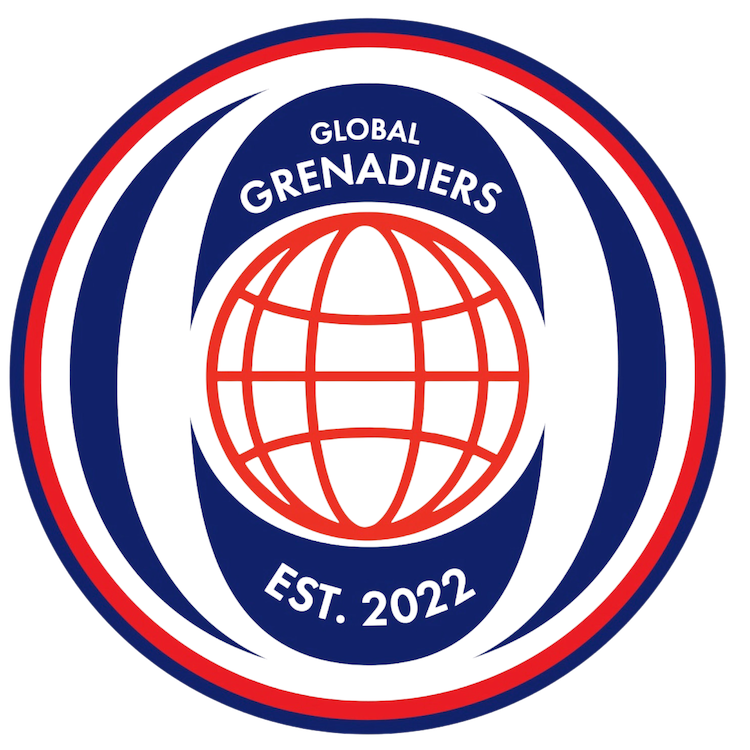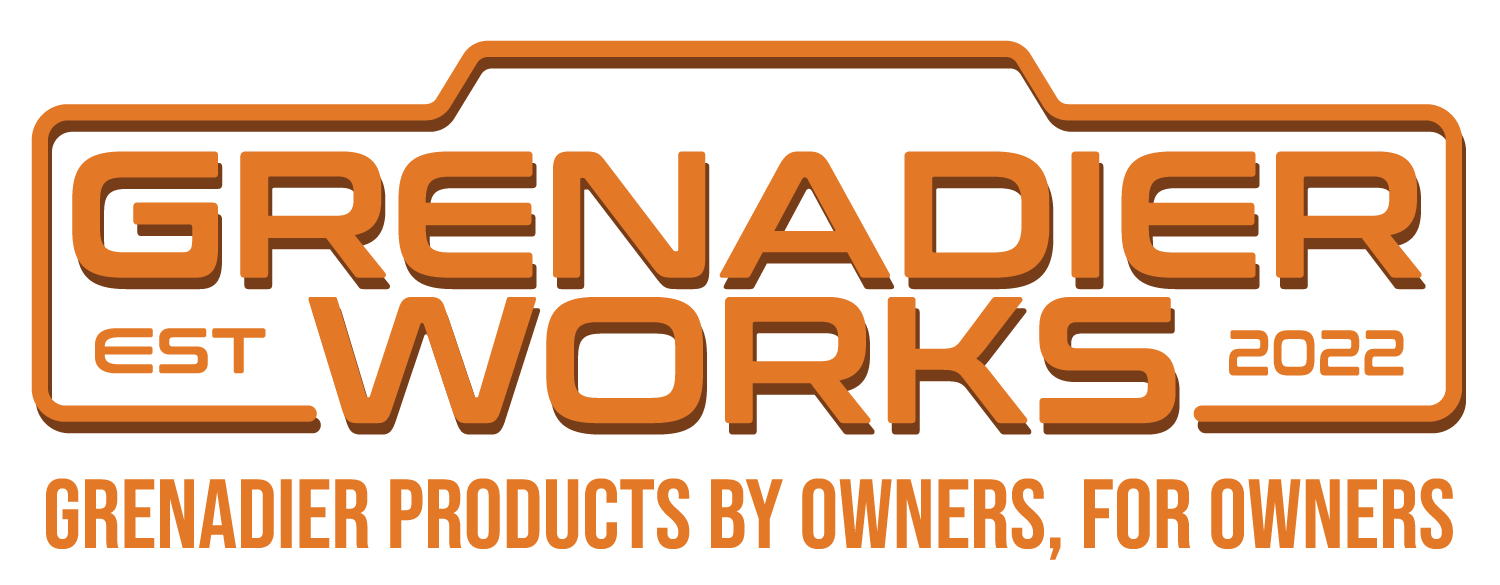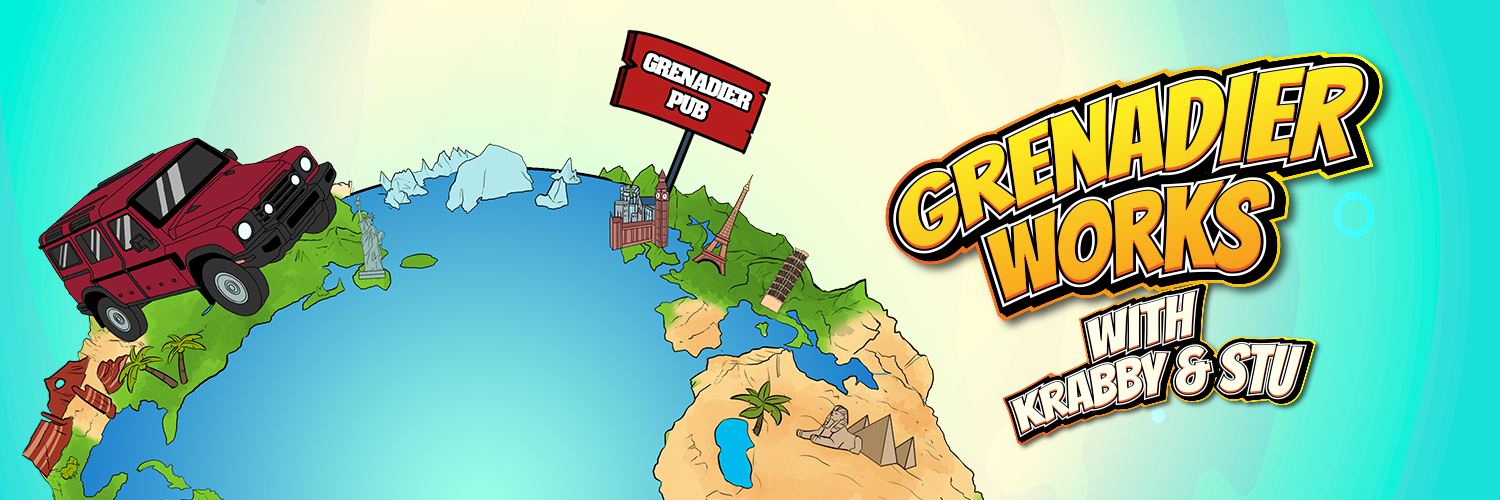For a while now it seems on this thread people end up talking past each other with regard to adjustable arms, pinion angles, caster etc….
@Dokatd is right though, there is no adjustment between caster and pinion angle it is a solid fixed relationship between the two because the axle is one large casting.
Just imagine the Grenadier’s axle sitting all by itself on a perfectly flat level surface. Now adjust the steering axis so it has the factory nominal 2 degrees of positive caster. Now look a the pinion… whatever angle it is sitting at is all you are ever going to have there is no possible correction between the two they are not independently adjustable from each other. In other words, there is only one possible resting position the axle can sit in relative to the road where caster is correct and the pinion angle is just along for the ride at that point.
Now imagine the axle re-attached to the Grenadier with a suspension lift. The axle is going to be sitting out of position relative to the nominal position stated above both left to right, fore and aft, in addition to pitched forward or backward depending. In other words, everything is going to be way out of position relative to the nominal stock specifications so now what do we do?
Well, if aftermarket adjustable arms are engineered correctly they should offer you enough fidelity in each axis so you can return the axle to its nominal stock geometry. I’m not even going to get into how the new adjustable arms various lengths and pivot point designs will impact what arcs the axles will move through during the entire range of travel, but it would be safe to say it will be much different to stock and introduce new overall handling characteristics to the vehicle which never seems to get mentioned.
Are big shiny adjustable arms bad, I don’t think so, and they can offer increased strength and durability if climbing rock faces is your thing. But what adjustable arms won’t do is somehow magically bend the axle housing so all of a sudden you can independently set your pinion angle relative to caster and solve steering and driveshaft issues at the same time. If you want caster and pinion issues solved at the same time that’s only going to happen with a redesigned front a



